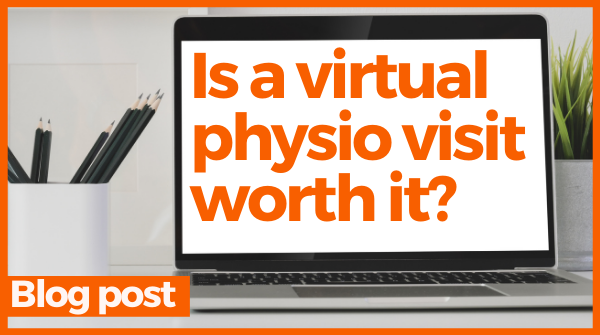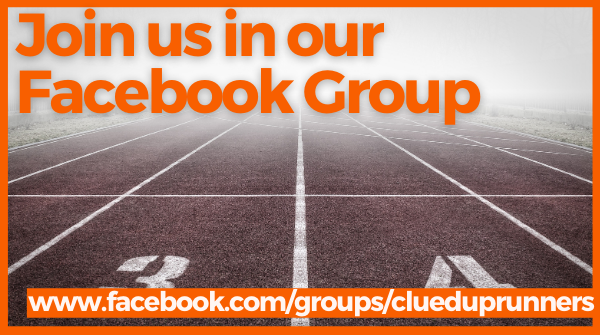Whether Zooming, FaceTiming, Microsoft Teaming or old school Skypeing, we’ve all spent a large proportion of the past eight months engaging with other human beings via a screen. From once being an occasional novelty, the video call has become a central part of our professional and personal lives, with “you’re on mute,” now replacing “good morning” as a daily greeting to colleagues, family and friends.
However, while I have largely embraced this technological
leap, I found myself approaching my first ever virtual physio appointment last
week with a large degree of scepticism.
For starters, the session – held at my dining room table – was going to
cost me the same as a visit to the actual clinic.
Arranged in order to find out whether I can finally progress
to running after spending eight weeks side lined with an Achilles injury, I
would – for over a pound a minute - have usually expected at least some degree
of massage or manipulation. Like taking your car for a service and getting a
free valet, in usual times I would expect my physio’s sound advice and guidance
to come with a value for money crack of the back or loosening of muscle
tightness. After all, without that it would just be a very expensive chat.
But in lockdown times, physical contact was off the table,
literally, and I was left with no option but to go 100% virtual with my
follow-up appointment. So one morning last week I found myself logging into a
Zoom chat with my physio, Ian, to discuss my Achilles, armed only with a
notepad and pen. As is the case with every Zoom-based encounter – whether it’s
an interview I see on the news or a call with a colleague – the first thing I
did was to immediately judge his background and set-up.
Choosing not to hide behind a blurred background or green
screen image, Ian was sat in a busy room where shelves bulged with what looked
like computer and camping equipment. His cat, meanwhile, was busying itself
climbing across boxes behind him. It was all a million miles away from meeting
in the sterile clinic, but it oddly put me immediately at ease and we soon got
to chatting about my ailing Achilles.
What followed was a brilliant 45 minute discussion about the
best way to get back to running, how to approach warming up and cooling down,
how to make best use of a foam roller, when to do eccentric exercises and what
to consider when choosing trail running shoes. While contradicting a lot of what
I had been reading on the internet, this was advice that was specifically
tailored to me and my injury. Ian knew me, knew my injury and was able to
advise based on the fine details of our conversation.
I came away from the session with detailed notes, a good
idea of the road I would have to travel in order to recover properly and, for
the first time in a while, a positive outlook as to my return to running. Okay,
I had missed out on a sports massage, but this had been a thoroughly worthwhile
virtual appointment and provided as much value for money as an in-person
session.
The physio practice is also a small business and, like all
other small businesses during Covid-times, has been struggling to make ends
meet. So I would urge any runner reading this who may be injured and in need of
the advice of a good physio, or any such specialist, to reach out, support your
local practice and book yourself a virtual appointment.
As for me, I may not be about to break any Strava records, but I’m nevertheless looking forward to my first five-minute run in a few days’ time. Thanks Ian.
![]() Next step: Join the conversation in our Facebook Group
Next step: Join the conversation in our Facebook Group
You may also be interested in...
Could your lucky socks boost your running performance?
Strava's depressing truths for injured runners






No comments:
Post a Comment